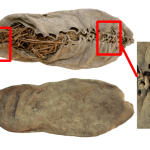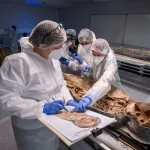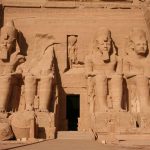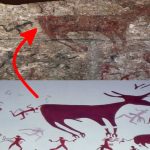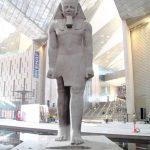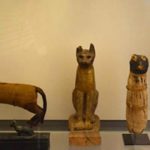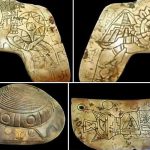Caral: Uncovering Supe Valley’s Ancient Wonders

Nestled deep in the Supe Valley, amidst the formidable peaks of the Andes, lies Caral, a testament to the ancient ingenuity and creativity of the peoples of the Americas. This archaeological marvel, discovered relatively recently, stands as one of the most significant finds in the history of American archaeology. Built over 5,000 years ago by the Norte Chico civilization, Caral represents not only one of the oldest cities in the New World but also a window into the sophisticated social and cultural dynamics of its time.
Caral’s emergence as a major archaeological site has reshaped our understanding of pre-Columbian civilizations in the Americas. Prior to its discovery, the prevailing belief was that complex urban societies first arose in Mesoamerica and the Andes much later in history. However, Caral’s existence challenges this narrative, pushing back the timeline of urban development in the region by millennia. The meticulous planning and monumental architecture evident at Caral suggest a level of social organization and technological sophistication previously unrecognized in ancient Andean societies.
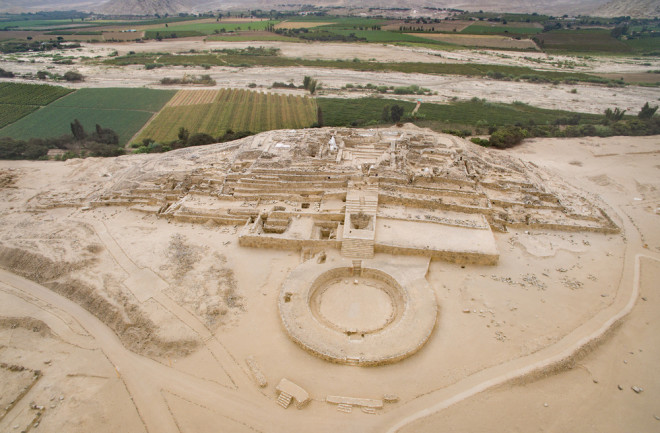
The city of Caral was constructed by the Norte Chico civilization around 3000 BCE, making it roughly contemporaneous with the early civilizations of Mesopotamia and Egypt. Spanning approximately 150 acres, Caral boasted monumental stone architecture, including pyramidal structures, plazas, and residential complexes. Its layout, featuring a centralized ceremonial center surrounded by residential areas, mirrors the urban planning principles employed by later civilizations in the region.
One of the most striking features of Caral is its pyramidal structures, known as platform mounds, which dominate the cityscape. These massive earthen platforms, constructed with precision-cut stone blocks, served as ceremonial centers and focal points for religious rituals and communal gatherings. The presence of large-scale public architecture at Caral suggests a complex societal hierarchy and a centralized political authority capable of mobilizing labor and resources for monumental construction projects.

The discovery of Caral has also shed light on the cultural and economic exchanges that took place between ancient Andean civilizations. Artifacts found at the site, including pottery, textiles, and marine shells, indicate connections with distant regions and trade networks spanning the Pacific coast and the Andean highlands. These exchanges not only facilitated the spread of goods and ideas but also fostered social cohesion and cultural diversity within the Norte Chico civilization.
Perhaps most remarkable about Caral is its longevity and resilience as a cultural center. Despite experiencing periods of decline and abandonment, the site remained occupied for over 1,000 years, bearing witness to the ebb and flow of ancient Andean civilization. Its enduring legacy as a center of innovation and cultural exchange underscores the importance of Caral in the broader narrative of human history.

Today, Caral stands as a UNESCO World Heritage Site and a symbol of national pride for Peru. Its significance extends beyond its archaeological value to encompass its role as a cultural and educational resource for future generations. Through ongoing research and conservation efforts, archaeologists continue to unlock the secrets of Caral, deepening our understanding of ancient Andean societies and their contributions to human civilization.
In conclusion, Caral stands as a testament to the ingenuity and creativity of the peoples of the Americas. Built over 5,000 years ago by the Norte Chico civilization, Caral represents one of the oldest cities in the New World and a remarkable achievement in urban planning and architecture. Its discovery has reshaped our understanding of ancient Andean civilizations and enriched our appreciation for the diverse cultural heritage of the Americas. As we continue to unravel the mysteries of Caral, we gain valuable insights into the complexities of human society and the enduring legacy of ancient civilizations.


